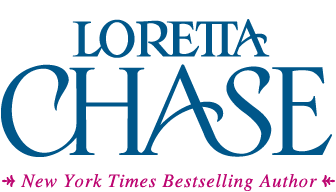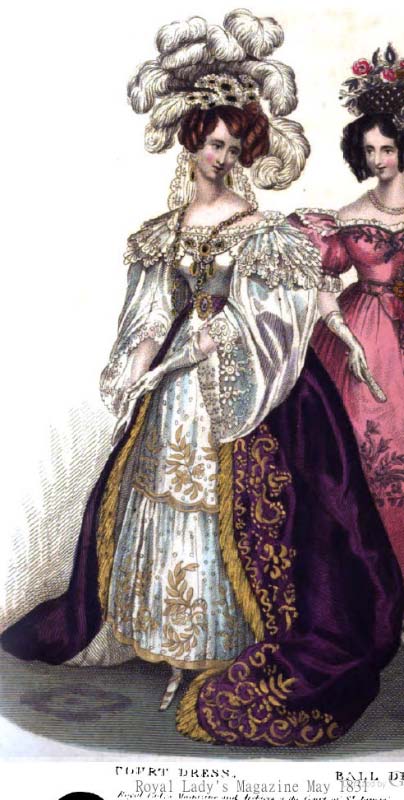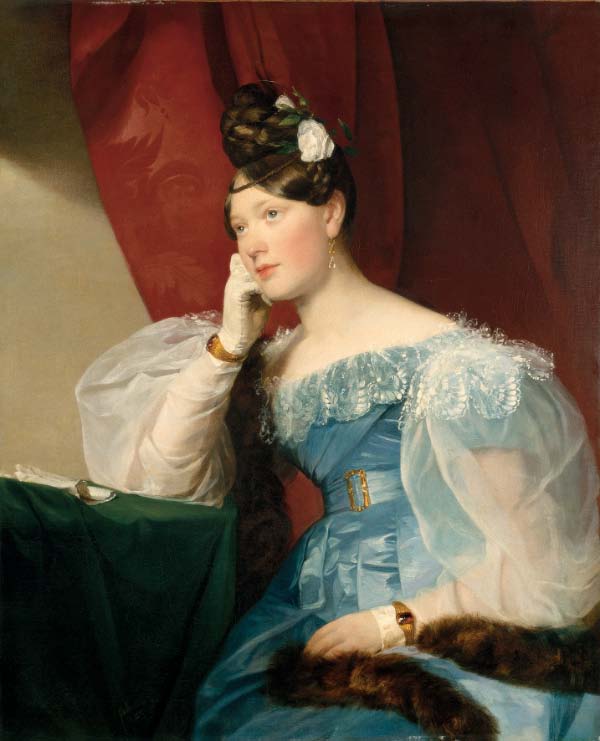This is the "Red Carriage." (Yes, I know. It's a CW thing.) This is an open carriage, with facing seats. It's something like the landau that Ripley and Olympia travel in (in A Duke in Shining Armor) when she takes him back to Camberley Place after he tries to run away to London. But the landau has folding hoods, while this is completely open.
Whenever I'm in Virginia, I try to spend some time in Colonial Williamsburg. This year, our schedule allowed me to have two full days of exploring the site. It's not nearly enough time. For instance, I could have stayed in the Print Shop's Press Room for hours, the presentation was so fascinating. And that's just one shop!
Even though I write books set in England in the before-Victoria part of the 1800s, CW is incredibly helpful. Things changed more slowly a few centuries ago, and British influence is there, whether one is talking about the colonial period or afterward. Until the American Revolution, much of what appeared in the shops was imported from England. The latest fashion ideas traveled across the ocean from Paris and London. Of course, Americans gave things their own distinctive approach, but for a researcher like me, there's always historical gold in CW. All the interpreters have something to teach me.
Among other things, I took a carriage ride and pestered the driver with questions, because, while horse-drawn vehicles changed over time, basic principles remain: the way the harness works, the correct way to hold the reins and whip, etc. And of course, horses are horses. I had studied all this in books—a lot of books—but there's nothing like experiencing the real thing. For someone like me, with no personal experience of horses and driving a carriage, simply watching the coaches at work was educational, and will, I hope, make my stories feel more authentic. I watched and watched. And took pictures.
And then, when I was still hanging around, late in the day, came the Fifes & Drums. Remember that my thing is Great Britain and its aristocrats some fifty-plus years after the War of Independence began. But the first sound of the fifes and drums had me at attention. People crowded along the sides of Duke of Gloucester Street to watch and listen. And I'm pretty sure I'm not the only one who found the experience deeply moving. You can watch some video clips here.
Next time I will try to have the presence of mind to shoot my own video. Meanwhile, here are my photos. I have to say, it was a terrific, unexpected experience.















